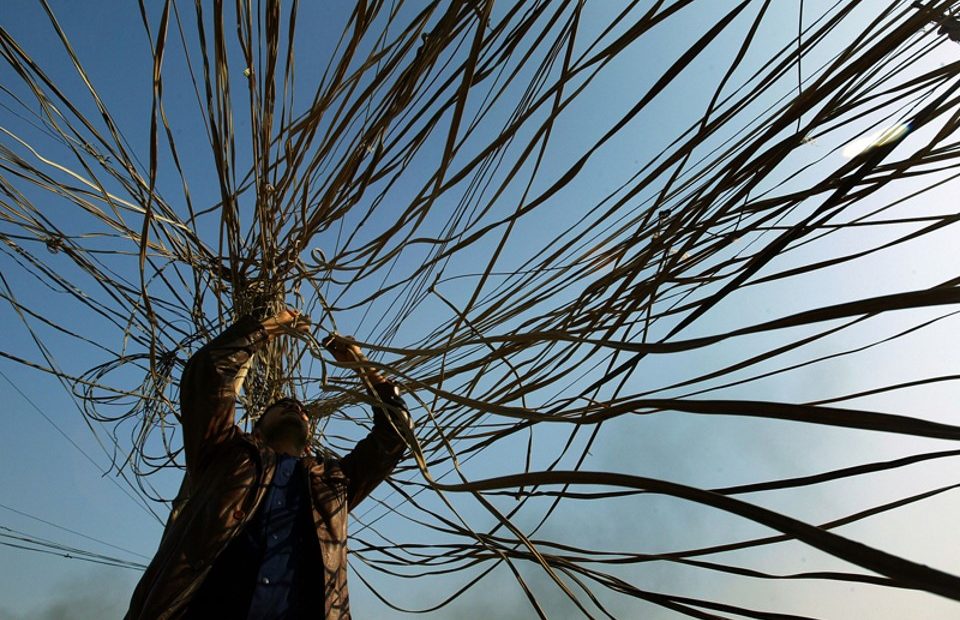
3 min
Every person and every organization must nowadays consider how they use energy day-to-day, where it comes from, what is wasted, and how they can play a bigger part in mitigating climate change and reducing damage to the planet. This is why the ICRC began its ‘Energy Challenge’, an initiative to quantify and improve the organization’s energy use, at headquarters and in the field.
It is not just about bolting solar panels to the roof, or switching out the lights at the end of the day – it is about a fundamental reshaping of everything the ICRC does, because it all requires energy.
“Energy nowadays needs to be acknowledged as an essential service,” says Sergio Gelli, the ICRC’s energy initiatives adviser who launched the Energy Challenge last year. Whether fueling its own carbon neutral growth or ensuring power supplies for crisis-affected people, the ICRC is seeking to put sustainable energy at the heart of its operations.
Fragility compounds fragility
“Years back it was water and sanitation, now we realize that with the global trends of urbanization, increasing numbers of protracted conflicts, with humanitarian actors staying in crisis-affected countries over decades, we need to change the way we approach humanitarian aid,” Gelli says.
“If you overlap countries affected by conflict, and countries which are poor in terms of access to electricity, and countries that are impacted by climate change, you see that all of these elements come together,” says Gelli. “There is a clear link.”
As with any new initiative, the first step was to understand the scale of the problem, including a large-scale analysis of energy demand and consumption across the ICRC to establish a baseline, and set about identifying existing energy-related projects that work and can be expanded and replicated.
Energy for everything and everyone
In the field is where innovative changes can really be felt, a reflection of the shifting demands of the people the ICRC seeks to assist. “Crisis-affected people have a wider, broader pallet of needs that we need to acknowledge,” says Gelli. This includes, for example, access to information and communications through mobile phones and the internet.
Whether tracking missing relatives or accessing education, “connectivity is one of the needs being expressed by the people we are trying to serve,” he says. Alongside connectivity are solar lights, clean cooking stoves, LEDs, energy-efficient facilities and more.
In increasingly urban conflict settings people have less control over complex, centralized energy services, but with renewable energy those disempowered consumers can become their own producers, and so regain a degree of control. In this and other ways, a shift in the production and use of energy plays a fundamental role in building the resilience of people affected by conflict and crisis.
Long-term emergencies, long-term thinking
Success also demands changes inside the ICRC. “People understand the relevance of energy,” says Gelli, but the struggle is “integrating a long-term perspective within an emergency organization that is devoted to responding in the short-term.”
Changing the way the ICRC uses energy is about more than just quick fixes – welcome though they are – requiring both long-term thinking and large-scale investment, the kind that comes from collaborating with other humanitarian organizations, and with development agencies and the private sector to secure external financing.
The good news is that the ICRC’s energy use is already changing, and it will help the organization work better for itself, for the people it serves and for the planet. “Things are already happening,” Gelli says. “We are framing a transition that is already ongoing.”
- Read more about environmental sustainability at the ICRC
- See also solar powering Gaza’s growth inspiration
- Discover ICRC’s first massive open online course (MOOC) on sustainability in humanitarian action

